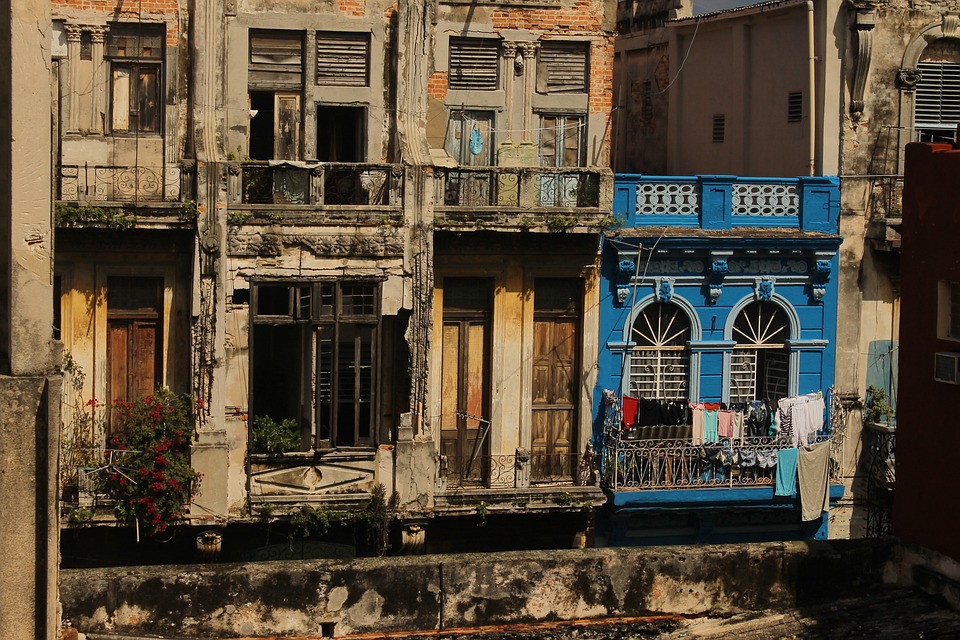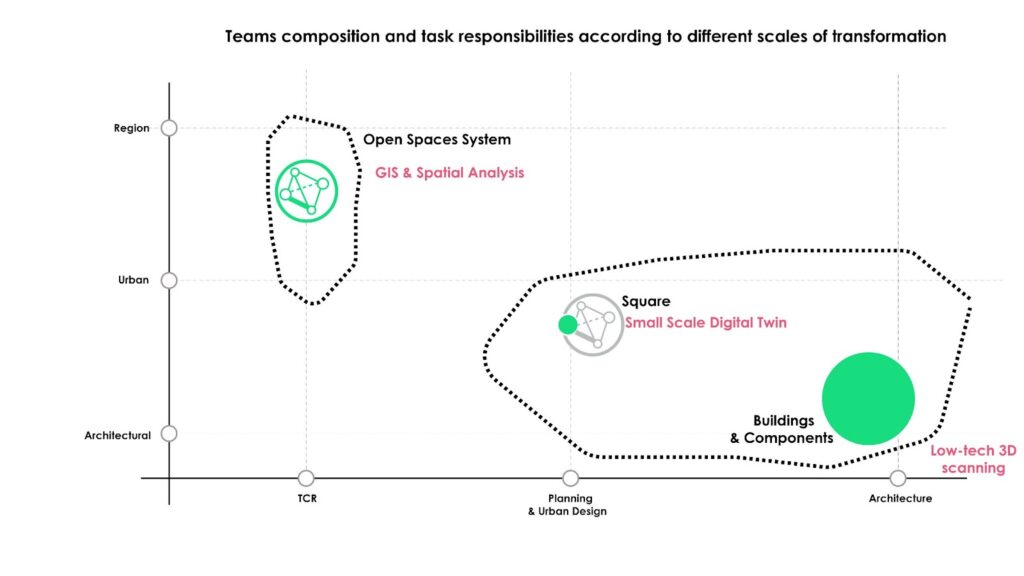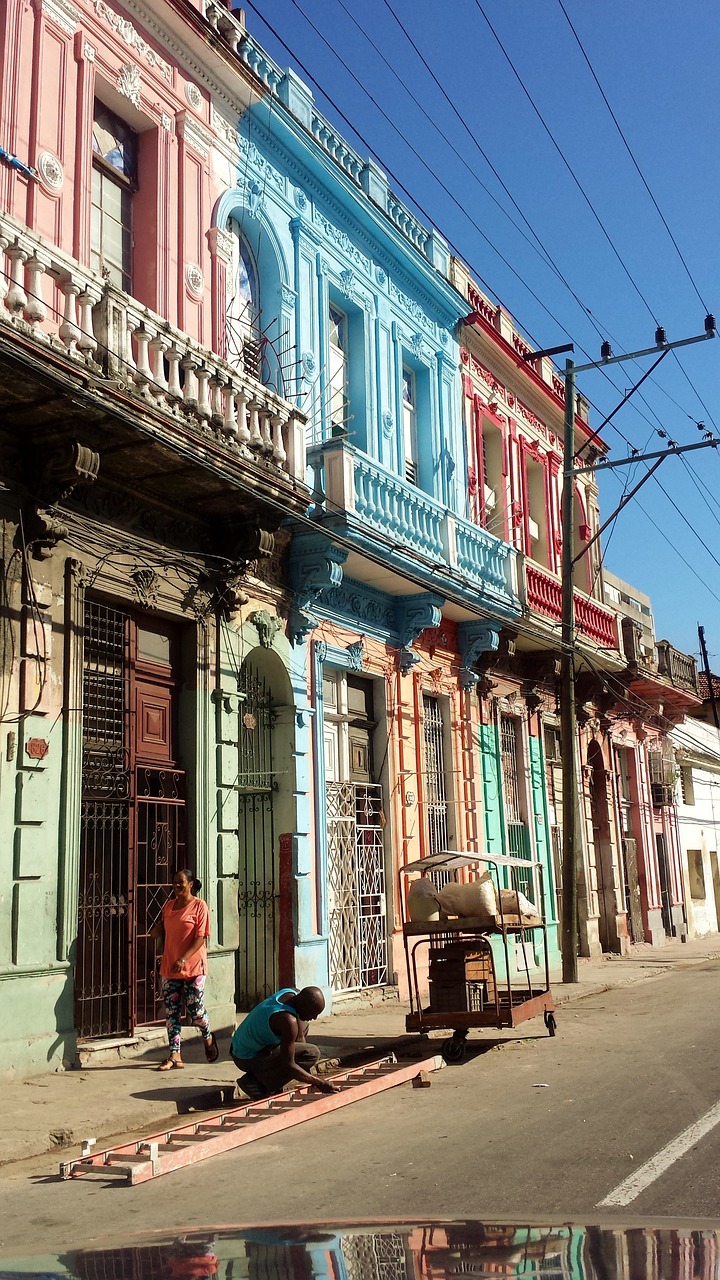Regional-Urban Regeneration & Architectural solutions Based on Socio-Technological Innovation and Realised Automation in Havana
Havana was founded by the Spanish colonial power about half a millennium ago. The colonial enclave became an important hub within an extensive regional-urban network connecting Europe and the Americas. Although influenced by the existing geo-natural conditions, its urbanism, in its founding phase, reproduced many principles imposed by the European metropolis. They shaped crucial patterns that have determined key features of Havana’s current urban specificity.
After 500 years, Havana is at the threshold of a new phase of urban development, which also defines changing positions within the regional urban system. Havana is both an exceptional case of urban development and the epitome of the challenges facing contemporary postcolonial cities: On the one hand, a prolonged economic crisis, resulting from both the effects of the US blockade and the failure of recent local macroeconomic structural measures adopted a few years ago, is hampering the ability of citizens to bring about change. The unique context includes a young real estate market operating a peculiar property structure, very low motorisation rates, stagnant urban expansion and population decline, all elements that are quite unique. On the other hand, the effort to steer the regional-urban transformation towards a more sustainable scenario faces numerous challenges that, as in many other cities, operate at different scales and are visible in issues such as difficulties in accessing adequate housing, limited urban mobility and accessibility, and difficulties in providing efficient urban infrastructure, increasing urban inequalities, among others.

In this context, the municipality of Centro Habana encapsulates all the components of this complex urban situation. Most of the area was built in a short period of time in the second half of the 19th century, and relatively little was built in the last century. Maintenance has been poor. As a result, one dimension that stands out in this context is the relentless impact of the life cycle: The number of buildings that collapse each year exceeds the number that are built and effectively repaired. In addition to the pressure this situation places on individuals, it also means a significant loss of valuable parts of collective memory and key elements of local identity. Public space is scarce and poorly qualified.
This course is based on the understanding that multiscalar transformation approaches leading to an urban socio-technical transition could help to address both the challenges of urban transformation at the regional and city levels and the threat of permanent degradation of the infrastructure that supports everyday life, including public space. Public spaces can be powerful articulators of urban transformation, contributing to the improvement of the urban ecosystem while serving as places of social interaction, cultural expression and economic vitality that collectively shape a city’s identity. They can encourage community engagement and participation in public life. Streets, squares, marketplaces and playgrounds strengthen community cohesion and engagement. Well-connected and safe public spaces can improve mobility, encourage walking, cycling and the use of public transport, which promotes a sustainable urban environment, and empower collectives and citizens in their efforts to shape a more resilient urban future. Tailor-made, innovative digital tools and processes, operating at multiple scales and adapted to the capabilities of local actors, could be a breakthrough in addressing the seemingly intractable situation.
In order to tackle these challenges the course looks to integrate TCR, Planning and Architecture students who will be arranged in teams made of members from all three programs. This way the teams will, at the same time, cover all scales while delivering outputs according to the different “specialisations” of its members i.e. TCR students will be responsible for delivering outputs at the region-urban scale while planning and architecture students will be responsible for the other scales within the teams. There will therefore be integration but not dependency from one to another.

The course will be divided in three phases i.e. Conceptualisation, Characterisation, and Proposal. In each of these phases the students will deliver coordinated, though autonomous outputs according to their backgrounds. The graphic below shows the sequence of the phases and the corresponding outputs at different moments and scales.
Problem Definition:
How to support the urban transformation process with the support of innovative digital tools articulating a multiscalar approach covering from regional analysis to small interventions in a large post-european-colonial Metropoli ?
Main objectives:
To conceive urban strategies for the transformation of Havana placing the Public Open Spaces System as a backbone of the process
To design a transformative process for Plaza Anton Recio with the support of innovative digital tools and procedures that strengthen the capacity of local citizens to engage in the design of their living environment.
Specific objectives:
- To conceive a theoretical and conceptual approach to address the transformative process of a post-European-colonial city with a focus on open space system
- To synthesise theoretical contributions in the topic (Splintering urbanism, socio-technical transition, etc…
- To analyse international repertoire (Examples of comparable attempts)
- To conceive a theoretical and conceptual approach to address the transformation of small urban units ( a square) with a focus on strengthening the collective and individual capacities of local actors.
- To establish a baseline of the square and its immediate surroundings with the support of integrated digital models (Digital Twin of the Square) using consumer-grade technologies and technical infrastructure components.
- Summarise the results of the baseline assessment in a SWOT matrix.
- To conceive a vision for the urban transformation of the city with a focus on the urban spaces system
- To conceive a vision for the urban transformation of the square based on the transformative process supported by various digital tools at different scales.
- Establish sustainable, local and decentralised digital networks to foster exchange, rental and trade of tools, materials and knowledge around refurbishment and replacement of doors, windows and other critical infrastructural building elements.
- Design and/or use supporting applications to support the assessment of damages
- Accelerate the replacement and refurbishment of parts with low-tech 3D scanning powered by consumer mobile phones (SfM – Structure from Motion, NeRF – Neural Radiance Fields)
- Design strategies to
- Increase the resilience of the square by understanding it as an urban ecosystem.
- Strengthen the local economy with a focus on alternative participatory processes with individuals empowered by a set of tailored tools to deal with the transformation of their living spaces.
- Contribute to the valorisation of the local material and immaterial heritage
- Contribute to the strengthening of the capacity of local actors to leverage their interests within the urban management system.
- Evaluate multiple development scenarios to measure the transformative capacity of the space and its impact on citizens‘ livelihoods, environmental resilience and economic development.
- Design processes to enable the accelerated production of building components, e.g. doors and windows, using advanced manufacturing tools such as DIY 3D printing with sustainable local resources, as a means of countering the loss of valuable identity components due to the defacement of the buildings
Expected Outputs
- A multiscalar multidimensional analysis of the current situation of Havana
- A transformation Strategy proposal focused Open Spaces System City & Municipal Levels
- A Proposal for the Transformation of the Square Antón Recio
- A Proposal for Transformation of Buildings & Components

